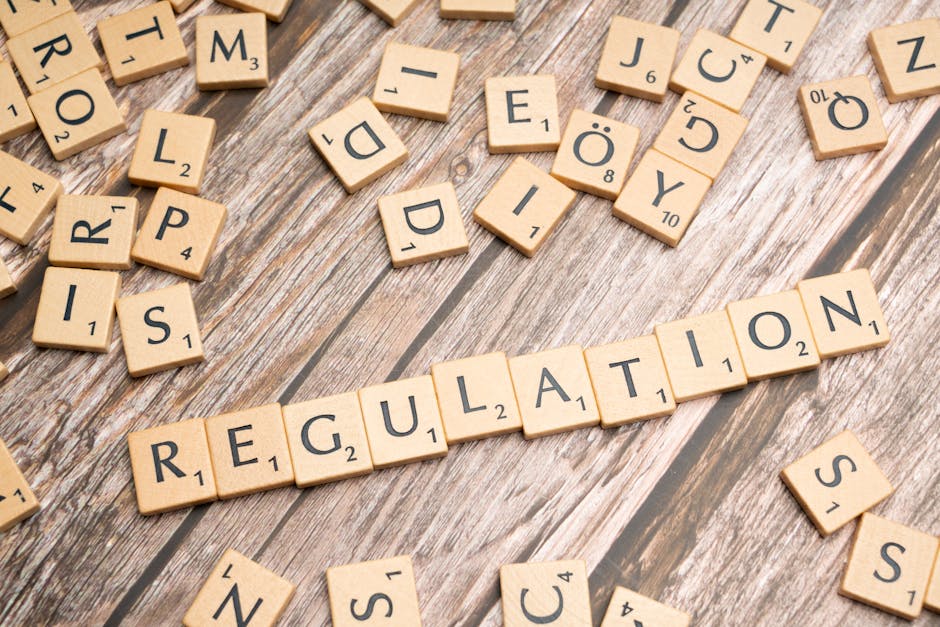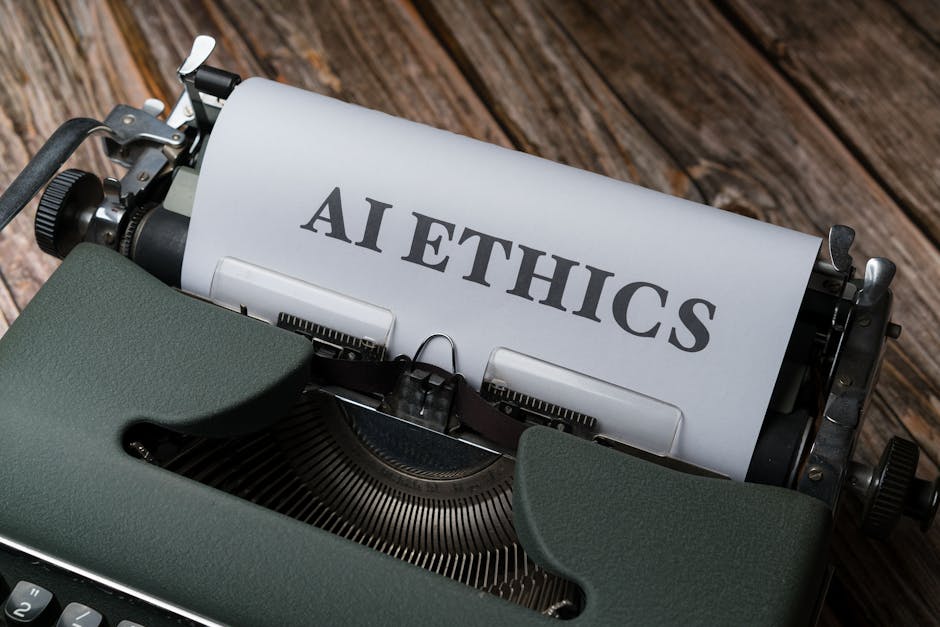The Legal Landscape of Digital Twins: Property Rights & Liability Now
As we navigate an age increasingly defined by technological innovation, the emergence of digital twins—virtual replicas of physical entities—poses a host of legal questions that demand our attention. With advancements in digital technology, these virtual models extend beyond their physical counterparts, creating an intricate web of property rights and liabilities that even seasoned legal professionals must carefully untangle. In this article, we dive deep into the evolving legal landscape shaped by digital twins, exploring the ramifications for ownership, intellectual property, and liability in this digital arena.
What Are Digital Twins?

At their core, digital twins are virtual representations of real-world objects, systems, or processes. Think of them as digital avatars that mirror physical assets, providing insights, forecasting performance, and aiding in decision-making processes. The technology has gained traction in various sectors, from healthcare to urban planning; however, with its rise comes an urgent need for legal clarity.
In many ways, digital twins significantly enhance the capabilities of industries; for example, manufacturers can optimize production lines by analyzing their virtual counterparts for efficiency. Yet, as we dive deeper into this realm, we must ask ourselves, who truly holds ownership over a digital twin? When a digital replica is created, what rights do the original owners maintain, and how does liability play out if something goes wrong? These questions are ongoing discussions among legal experts striving to create framework laws as technology continues its rapid evolution.
The Ownership Puzzle

Ownership of digital twins is not merely a straightforward concept, it can be likened to a puzzle with multiple pieces. To begin with, the distinction between the physical object and its digital counterpart often complicates ownership claims. For instance, if a creator develops a digital twin of a patented machine, does it infringe on the original patent, or does it sit within fair use boundaries? These complexities require a thorough understanding of intellectual property laws, particularly concerning patents and trademarks. It’s crucial for creators and companies to grasp the nuances in this digital landscape, as missteps could lead to costly legal ramifications.
In some cases, ownership-based disputes can arise even when individuals aren't directly linked to the creation of a digital twin. Consider a factory that hires a tech firm to create a digital twin of its machinery; who retains ownership—the factory, the tech firm, or both? Negotiating contracts up front that clearly outline intellectual property rights can prevent bitter legal disputes down the line and enhance relationships between parties involved.
Exploring Intellectual Property Rights

Intellectual property (IP) remains a critical element in understanding the implications of digital twins. The legal ambiguity surrounding digital assets has far-reaching consequences. For instance, if a digital twin integrates proprietary algorithms, can it inadvertently infringe on software copyright laws? The legal implications of AI-generated art have shown us that creators and owners need to be meticulous in defining ownership rights in the evolving digital space.
Moreover, protecting digital twins under existing IP laws is not merely theoretical. It requires proactive measures, including the documentation of how a digital twin was developed, what elements it incorporates, and how it interacts with existing physical assets. Legal experts consistently recommend digital asset inventories to uphold ownership rights as much as possible.
Liability Issues in the Digital Twin Sphere

When it comes to liability, the stakes become even higher for businesses adopting digital twin technology. If a digital twin inaccurately predicts performance metrics leading to a catastrophic failure in the real-world counterpart, the question arises: Who is held liable? Is it the firm that created the digital twin, the business utilizing it, or both? This intersection of technology and law fosters an essential discussion about liabilities stemming from digital products—a conversation that can have severe implications.
Furthermore, data shared between the digital twin and its physical counterpart demands consideration as well. For example, if a malfunction occurs due to malware infecting the digital twin, can the injured party pursue damages against the hacker, the company for negligence in cyber defense, or both? These liability complexities underline the necessity for rigorous cybersecurity practices when implementing digital twins.
Navigating the Regulatory Framework

As digital twin technology permeates various sectors, regulatory bodies face pressure to establish clear guidelines governing ownership and liability. Jurisdictions across the globe are grappling with how best to develop a legal framework that keeps pace with rapid technological advancement. Emerging guidelines often draw inspiration from existing laws while addressing the unique characteristics of digital twin technology.
Some legal scholars advocate for new laws tailored to digital assets, while others suggest modifying current IP laws to encompass these advancements adequately. For instance, emerging discussions about the safety of virtual simulations may need to address compliance regulations specifically related to digital twins.
It's worth noting that while many regions still lack comprehensive regulations governing digital twins, some proactive countries have started implementing legislation in alignment with technological innovation. To stay ahead, corporations must keep an eye on these evolving laws and update their practices accordingly.
Ethical Considerations

The rise of digital twins extends beyond legal concerns; ethical dilemmas also arise regarding privacy and data protection. As digital twins collect extensive data to optimize processes, questions regarding user consent and data ownership come to the forefront. For instance, how can companies ensure they're respecting the privacy rights of individuals while utilizing gathered data effectively? Establishing robust privacy policies to govern data usage is essential in this evolving environment.
Additionally, ethical considerations expand into the realm of human representation. If an individual’s likeness is digitally duplicated in a virtual twin, do they have rights over this new creation? The ongoing discourse surrounding biometric data and digital identity reflects concerns about consent and ownership in this digital landscape.
Implementing Best Practices

Given the legal and ethical complexities surrounding digital twins, what best practices should organizations adopt as they navigate this uncharted territory? First, companies should engage legal experts to conduct thorough assessments of their IP rights and liabilities associated with creating and utilizing digital twins.
Second, organizations must invest in cybersecurity measures to protect both the digital twin and its associated physical counterpart. Thorough risk assessments and audits can help in identifying vulnerabilities and developing strategies to mitigate potential threats.
Lastly, adopting transparent data collection policies can promote trust among stakeholders by communicating how data will be used and the measures taken to protect privacy. When companies emphasize ethical practices, they can foster ongoing relationships with customers and clients.
The Future of Digital Twins and Law

There’s no denying that digital twins will become even more prevalent as technology advances. As industries continue to find new applications for this technology, the legal system must also adapt accordingly. We may see a new wave of legislation arise focusing on digital ownership, ethical guidelines for data usage, and clearer liability laws. Forward-thinking companies should expect these developments and actively participate in dialogues about shaping regulations.
The necessity for awareness around digital twins will only grow as they become intrinsically linked to organizational operations. Legal practitioners, businesses, and policymakers must forge partnerships to address concerns and understand the importance of establishing legislation that ensures a balance between innovation and accountability.
Practical Steps for Organizations and Individuals

As the legal landscape surrounding digital twins evolves, the onus is on organizations and individuals to stay informed and proactive. Here are a few practical steps:
-
Consult Legal Experts: Engage with attorneys specializing in IP and technology law to assess risks and initiate the creation of contracts surrounding digital assets.
-
Enhance Cybersecurity: Implement enterprise-wide cybersecurity measures to safeguard both physical and digital assets from malicious activities.
-
Understand Data Privacy: Develop clear policies regarding data collection, usage, and protection. Transparent communication with stakeholders builds trust and mitigates risk.
-
Stay Educated: Keep an eye on emerging laws and case studies regarding digital twins, ensuring compliance as regulations develop.
-
Contribute to Discussions: Actively participate in industry forums that address technological advancements and their implications, advocating for legislation that balances innovation with ethical considerations.
Final Thoughts
Navigating the legal landscape of digital twins is akin to walking a tightrope—exciting, yet fraught with challenges. As technology surges forward, the intersection of law and innovation necessitates fluid adaptations in intellectual property rights, liability frameworks, and ethical standards. By engaging with legal professionals, implementing best practices, and contributing to foundational discussions, businesses can responsibly harness the potential of digital twins while safeguarding their rights and those of their stakeholders.
For further exploration into the complex interplay of technology and law, consider diving into resources like the legal consequences of virtual reality, which complement our understanding of liabilities in immersive technologies. As we advance into a future shaped by digital realities, understanding how to navigate these legal challenges will ensure that innovation continues to thrive while respecting the rights and responsibilities of all involved.



